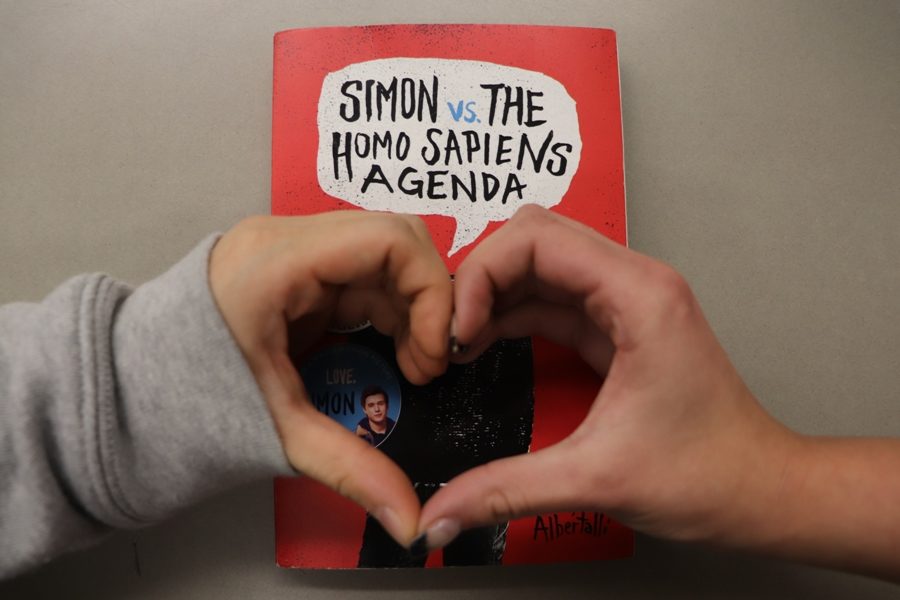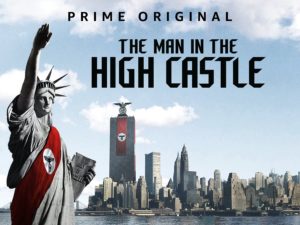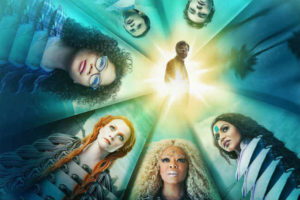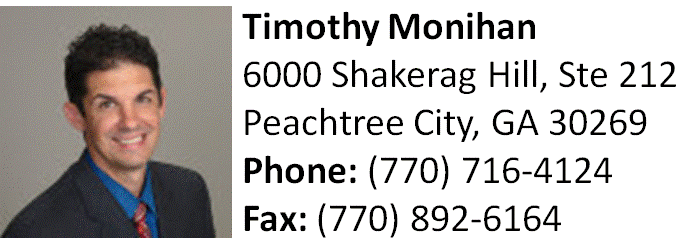Masterpiece in the making
“Love, Simon” is the movie adaptation of Becky Arbertalli’s book “Simon vs. the Homo Sapiens Agenda.” Though the movie represents the book much better than many other adaptations, there are still things that deviate.
March 29, 2018
On March 16, the first showing of the rom-com “Love Simon” was a moment of historical importance in movie industry.
The film was the first of its kind, a mainstream LGBTQ film made for teenagers and focusing on gay teenage characters. It will be classified with its predecessors “Mean Girls” and “The Outcasts” as an iconic teen romance. Unfortunately, many fans of the movie are unaware of it originally being a book, “Simon vs. The Homo Sapiens Agenda,” and the resulting plot changes made in order to create a rom-com from the original coming-out story of Simon Spier.
Simon is a regular South Georgian teenager with few friends and family who have no idea that Simon is gay. Online, he meets another closeted gay teenager who goes by the alias Blue, with Simon taking on the name Jacques. When Martin, a student at his high school, discovers their emails, he blackmails Simon into getting him closer to his friend Abby.
The holistic story and ending of the original version remain relatively untouched, but many aspects in the film create a whole new masterpiece.
One of the most noticeable differences is Martin. The book describes him as “the class clown” and “generally well liked” by his peers. The audience is still made aware that Martin can be serious when he is required to. For example, when he blackmails Simon, he states clearly what he wants instead of acting like it is all a joke.
In the movie, he becomes mostly comic relief and is incapable of being taken seriously, though he is crucial in the plot. He ends up becoming unpopular and very disliked as well, because he’s less a class clown and more a social outcast. Unfortunately, this departure from character is not a positive change for him, for instead of being funny, the comedy comes from the embarrassment of other characters and himself.
Martin does not appear to be able to take social cues or the ability to realize he should, to simply state, “tone it down,” shown by the way he confessed to Abby at a football game. In the book, Abby is actually more receptive as she affectionately calls him “Marty,” instead of simply tolerating him. When they went to Bram’s — a friend of Simon’s — party, she appears to have no inclination of conversing with him. In the book, however, she asks him to dance with her.
In the movie, Martin tries to claim to be Blue (Simon’s at-the-time unnamed love interest) as a joke, as if he isn’t aware of Simon’s true feelings, though in the book he sends him a remorseful email that indicates he’s truly guilty. The book shows Martin with more remorse and being a much more pleasing character in general. Though the movie does add a significant amount of comic relief through Martin, and the audience can enjoy his downfall, most of his depth seems to be removed.
There were a few plot adaptions made in the movie that added an additional rom-com cliche. For example, the “not principal principal,” the “double agent exposed,” and “friend on friend action” all make appearances. Movies normally include more drama to increase the interest of the audience. The director must be able to find other ways to keep interest in the characters and to do this through include multiple story lines.
The principal of Creekwood High tries to relate to the student body by making off-hand statements which provide a great source of enjoyment for the audience. It is quite obvious that principals of real schools normally do not react carelessly about the uncondonable actions of high school students, but in the film the principal is portrayed much farther from this reality. In addition, in the book, Simon never actively tried to keep Nick and Abby apart, though in the movie he told Nick that Abby was already seeing someone and was into Martin.
Other rom-com movie cliches included Simon actively working against Abby and Nick’s relationship and setting his friends Leah and Nick up so his secret isn’t exposed. But after Martin leaks the emails, Simon is left to face the school alone. In the film, not only do viewers see Simon suffer alone, but his friend Blue also blocks him online, heightening the drama.
In the book, Blue does not block him, and he is simply offended that Simon had been hoping that it was another person, which is something the movie does not delve into as much except for a desperate Simon asking another boy, Cal, if he was Blue.
In the movie, Leah confesses that she had been in love with Simon, and these romantic feelings that had no existence in the book were most likely to further the drama around the problems Simon had created between him and his friends. In the book, Leah had expressed her anger at being left out of the main friend group, and not because she was in love with Simon or Nick.
During Bram’s party, however, the movie does well in portraying Leah’s feelings of “just watching it all,” and the audience can see it as well. In the scene where they were all dancing, Leah appears to stand out clumsily. This helps to add the humanity to Leah’s character.
Despite these small changes, the first half of the film parallels the book quite well, even using the same quotes and references, which is very difficult to do especially considering the slight plot change. Whether the book or whether the movie, it is impossible to not ‘love’ Simon.









Veronica cazorla • Apr 2, 2018 at 10:04 pm
The movie sounds very funny ! XD